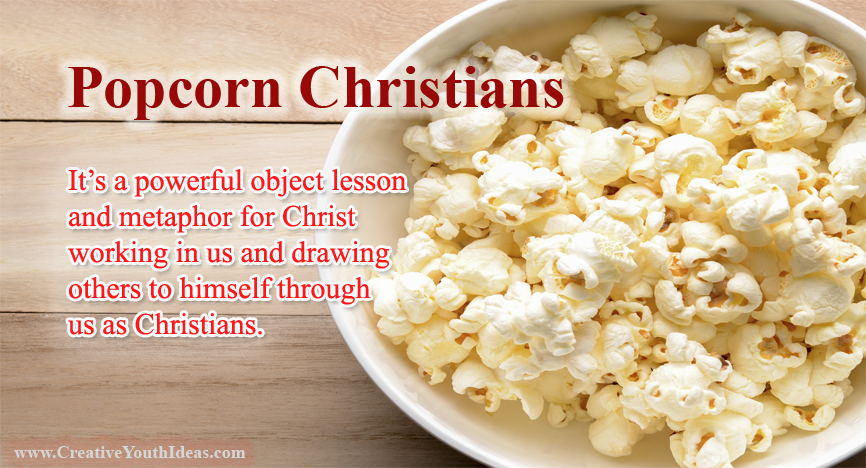
Popcorn is a seed that is hard and tasteless, until placed in the fire. And then the white goodness on the inside comes out for us to not only smell the aroma, but also to taste. It’s a powerful object lesson and metaphor for Christ working in us and drawing others to himself through as as Christians.
What You Need
- Lots of popped Popcorn
- Some unpopped popcorn
- There are several games below that may require additional materials such as drinking straws, cups, blindfolds, and a spoon.
Preparation
Pop some popcorn, preferably in the room in which you have the meeting, so the smell of popcorn permeates the room before the youth arrive.
Popcorn Games
- Popcorn Race: Using a drinking straw, the youth must blow a popped kernel of popcorn across a table. First to blow it from one end to the other wins.
- Popcorn Catcher: You must stand on a chair and dropped popped kernels of popcorn into a cup. The person with the most kernels in the cup when time is up wins.
- Popcorn Toss: Each youth tries to throw a piece of popcorn as far as possible. The farthest throw wins.
- Popcorn Collector: Each youth is blindfolded, given a metal spoon, and placed in from of a large bowl of popcorn. They must also hold a bowl or cup on top of their head. In the time given they youth compete by using the spoon to scoop popcorn into the cups on their heads while everyone else watches. Many times, they will deliver empty spoons to their heads and many times they will miss the cup. When time is up, the youth with the most kernels of popcorn in the cup wins.
- Popcorn on the fire: Play a game in which two teams simulate being popcorn in a pan. Explain that in the activity, everyone on a team sits on the floor and each is a piece of popcorn. The floor is a big pan on the fire. As the pan begins to heat, some kernels of corn begin to pop. A youth pops by jumping up, clapping their hands together, and saying “Pop”. Usually popcorn begins to gradually pop and builds up to become very active and loud and then eventually stops. The team that best demonstrates the making of popcorn gets a prize.
Enjoy some Popcorn
Finish off by sharing popcorn for all the youth to enjoy. First offer the un-popped kernels and then when the youth refuse, pass around the popped popcorn.
TAKE IT TO THE NEXT LEVEL
DEBRIEF
- Ask the youth to tell you everything they know about popcorn.
- Ask the youth to tell you the way they have experienced popcorn in the meeting
MAKE IT SPIRITUAL
- How is a kernel of popcorn similar to a person’s heart?
- What are some lessons and truths we can learn from a kernel of popcorn?
- What are some of the things that heat up our situations and cause us to respond?
Touch Points
- The seeds start as hard and tasteless, can’t be digested
- When heated, some respond, but some do not.
- At some point, a change occurs, and all the potential inside the kernel is released.
- Some remain hard and tasteless and may even burn
- Others, the sweet inside is exposed and can be enjoyed
- We not only taste it, but there is also a pleasant aroma that attracts people
- Everything comes from inside the kernel
- Most people love the smell of popcorn. One small bag fills the room. with the smell. Another word for smell is aroma. God compares us to an aroma. We experience it from a distance. It attracts us. We want it. We want to taste it for ourselves. In the same way, We must live our lives in such a way that Christ in us, is noticed by others, and they want to experience Christ for themselves.
- Human hearts can either be like a hard kernel or the soft, fluffy, fragrant popcorn.
- God places us in the heat – circumstances so our hearts can open up (Visually express this by changing a clenched fist to an open hand)
MAKE IT PRACTICAL
- How do circumstances change us? Why does God allow difficult circumstances? See James 1:2-4 and Romans 5:3-5
- In what ways are Christians an aroma of Christ?
- What are some actions, attitudes, mindsets, and other characteristics of Christians and their relationship with Christ that are attractive to the lost?
MAKE IT PERSONAL
- Would you consider your heart hard and tightly closed up, or soft and open?
- What are some of the circumstances God has used in your own life to bring about a pleasant change in your life?
- If you were to do a self test on your life as a Christian, what would it reveal? Does your life express an aroma of Christ?
- What can you personally do this week that will serve like a pleasant aroma to draw others to Christ and want to experience Christ for themselves?
Scriptures
- Matthew 12:35 – “A good man out of the good treasure of the heart bringeth forth good things: and an evil man out of the evil treasure bringeth forth evil things.”
- Luke 6:45 – “A good man brings good things out of the good stored up in his heart, and an evil man brings evil things out of the evil stored up in his heart. For the mouth speaks what the heart is full of.”
- Matthew 15:11 – “What goes into someone’s mouth does not defile them, but what comes out of their mouth, that is what defiles them.”
- Matthew 15:16-20 – “Are you still so dull?” Jesus asked them. “Don’t you see that whatever enters the mouth goes into the stomach and then out of the body? But the things that come out of a person’s mouth come from the heart, and these defile them. For out of the heart come evil thoughts—murder, adultery, sexual immorality, theft, false testimony, slander. These are what defile a person; but eating with unwashed hands does not defile them.”
- James 1:2-4 – “Consider it pure joy, my brothers and sisters, whenever you face trials of many kinds, because you know that the testing of your faith produces perseverance. Let perseverance finish its work so that you may be mature and complete, not lacking anything.”
- Romans 5:3-5 – “Not only that, but we rejoice in our sufferings, knowing that suffering produces endurance, and endurance produces character, and character produces hope, and hope does not put us to shame, because God’s love has been poured into our hearts through the Holy Spirit who has been given to us.”
- Romans 8:18 – “For I consider that the sufferings of this present time are not worth comparing with the glory that is to be revealed to us.”
- 2 Corinthians 2:14-16 – “But thanks be to God, who always leads us as captives in Christ’s triumphal procession and uses us to spread the aroma of the knowledge of him everywhere. For we are to God the pleasing aroma of Christ among those who are being saved and those who are perishing. To the one we are an aroma that brings death; to the other, an aroma that brings life. And who is equal to such a task?”
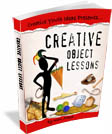 MORE IDEAS? See “Creative Object Lessons”
MORE IDEAS? See “Creative Object Lessons”
200 page e-book that explains everything you need to know when planning your very own object lessons. It contains 90 fully developed object lesson ideas and another 200 object lesson starter ideas based on Biblical idioms and Names / Descriptions of God.

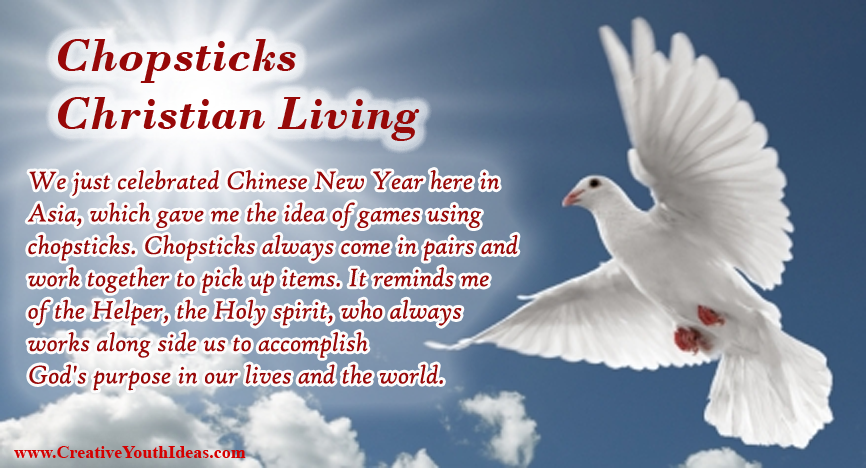
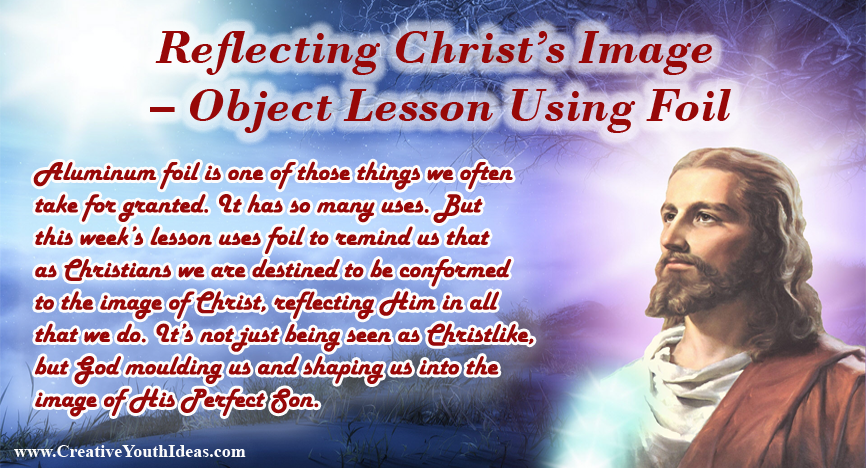
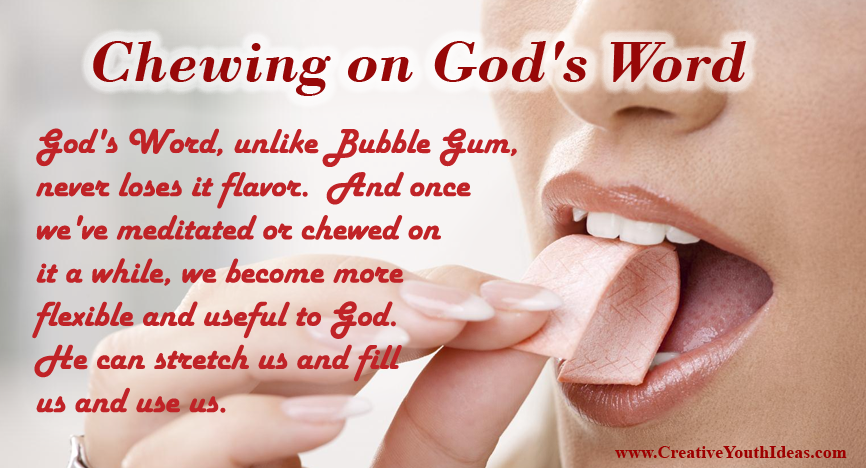
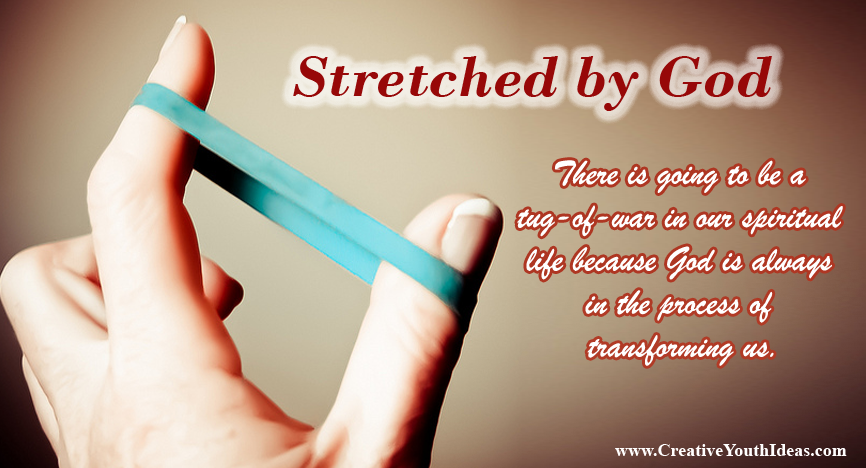

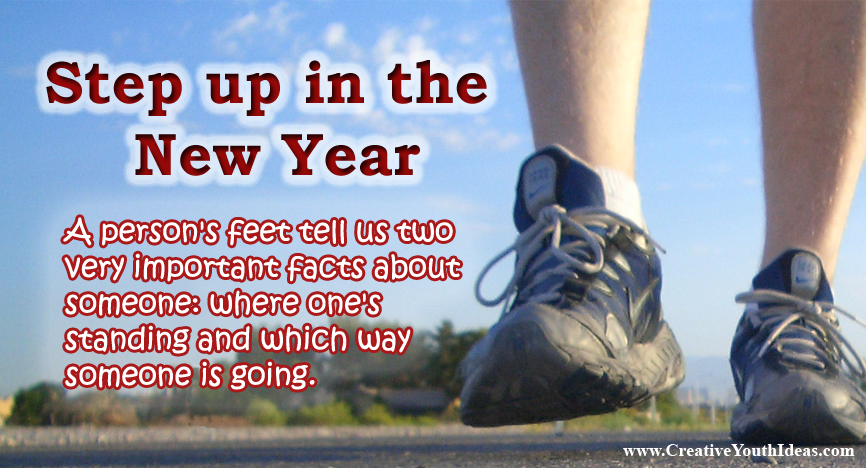





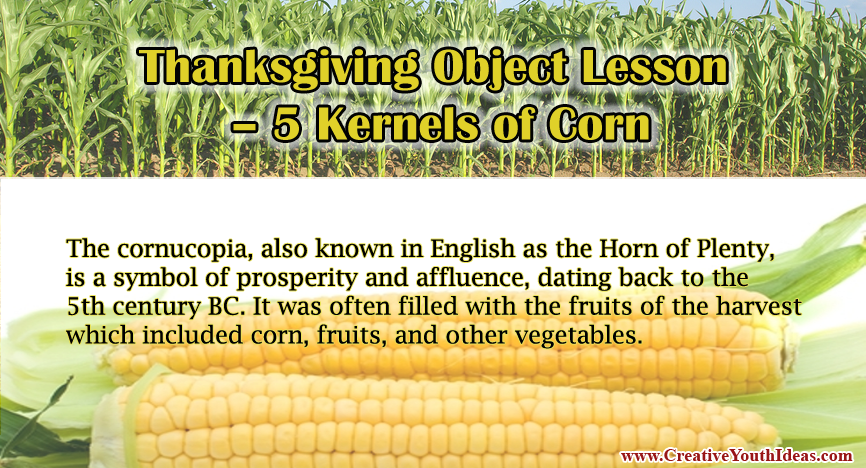
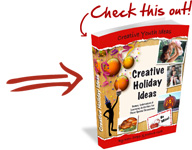
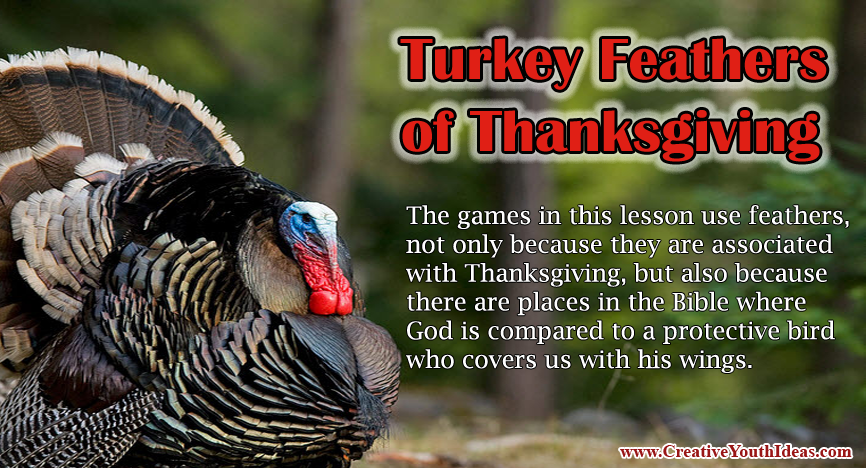
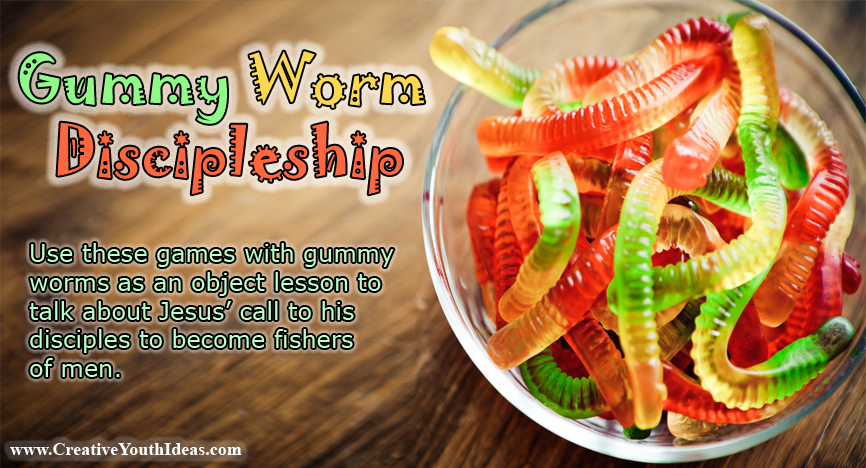




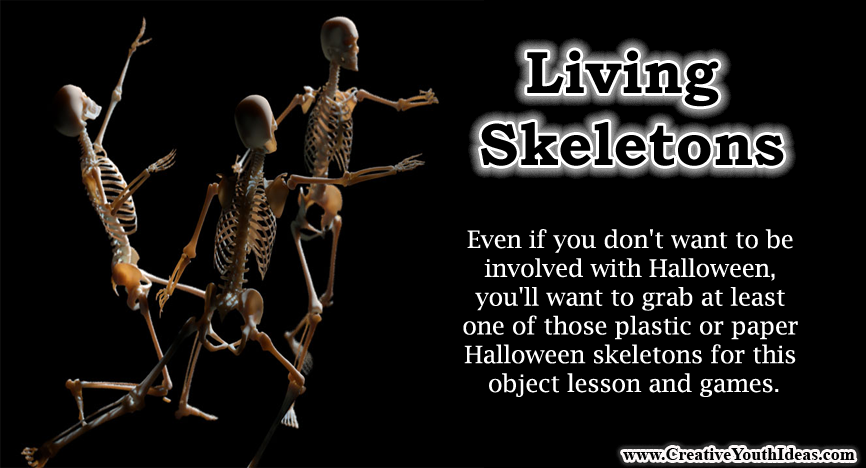
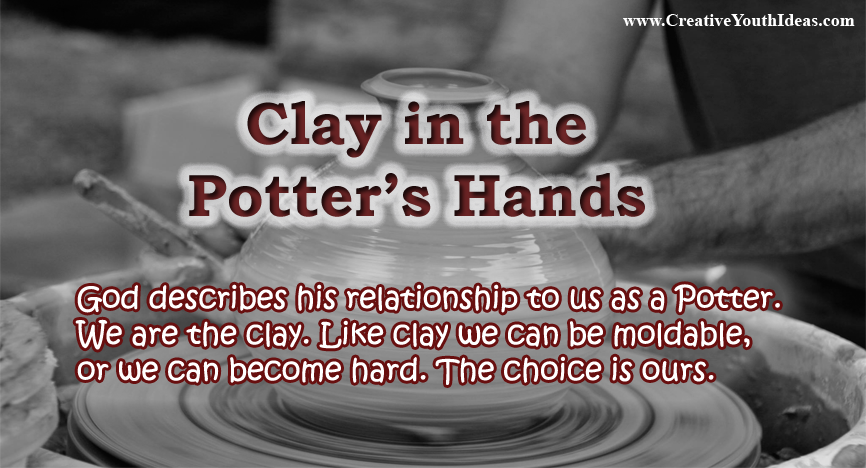
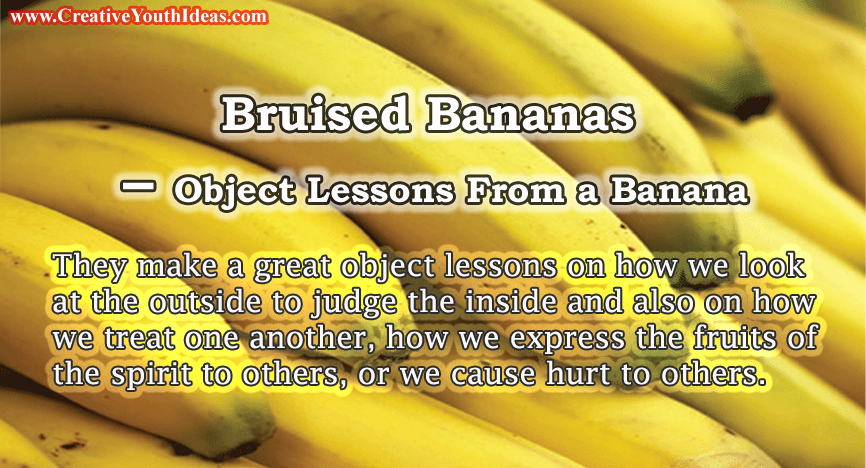

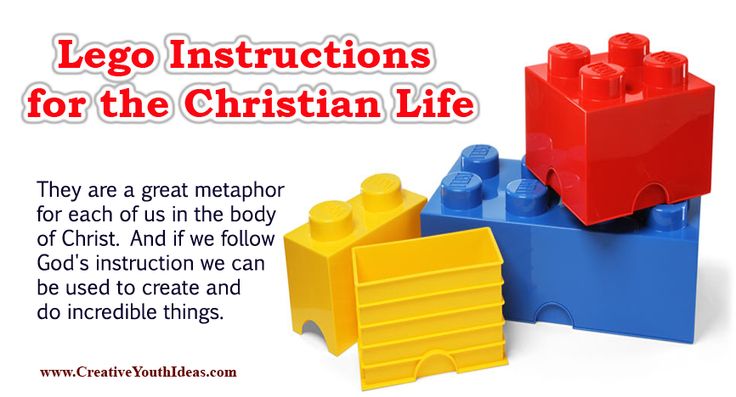
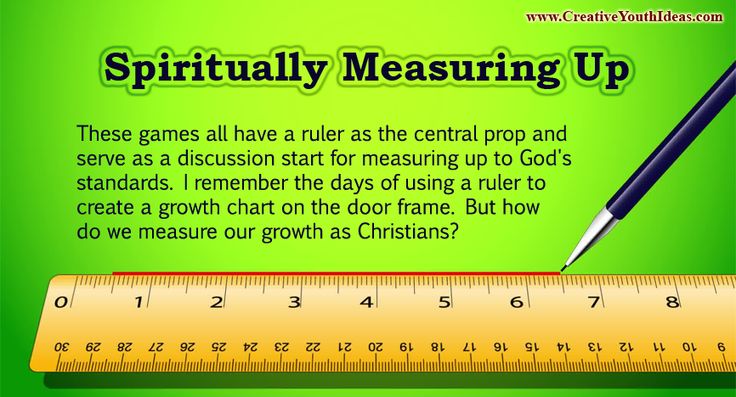

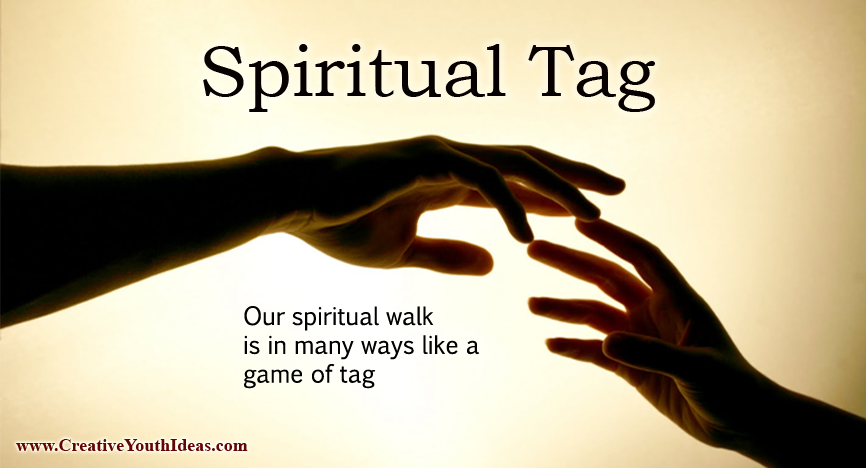
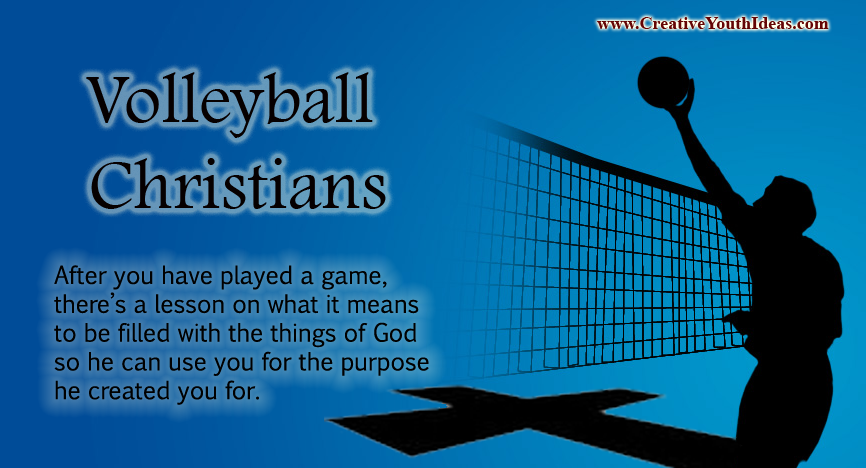
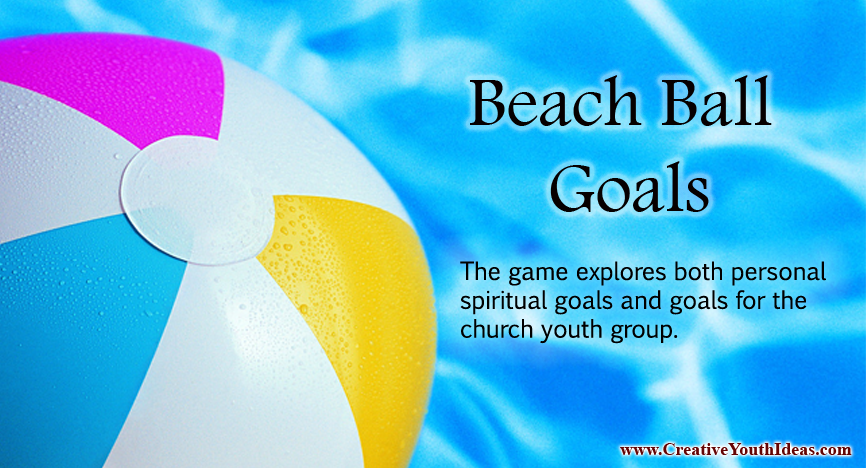
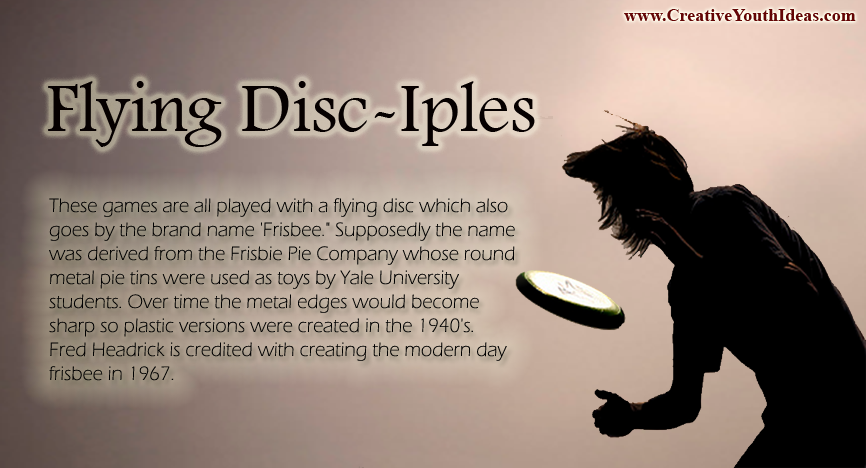
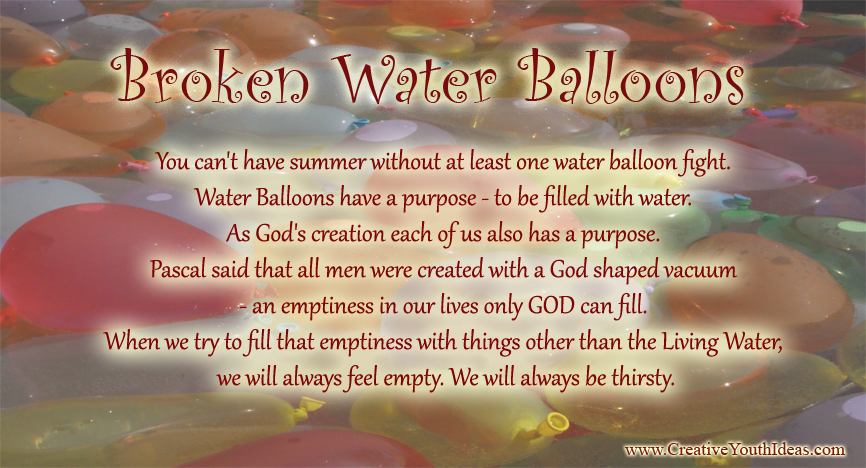
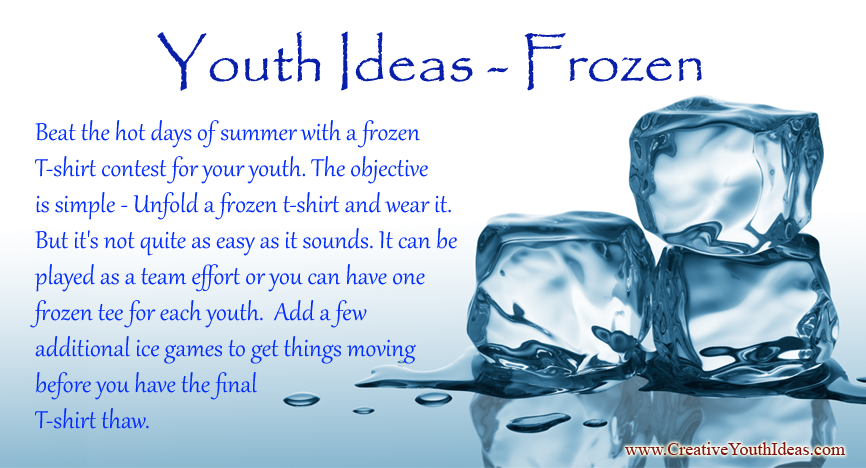
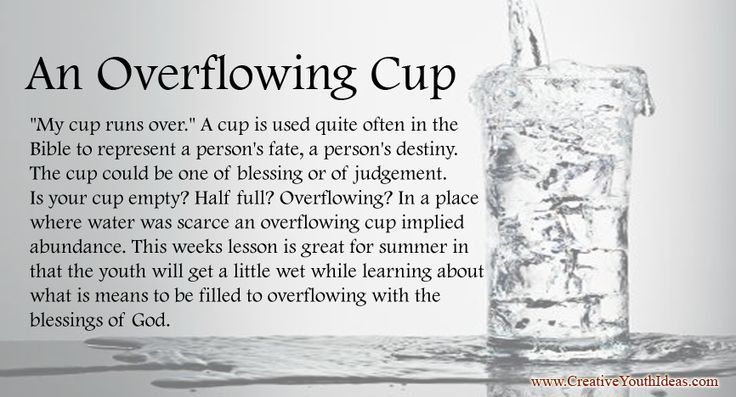
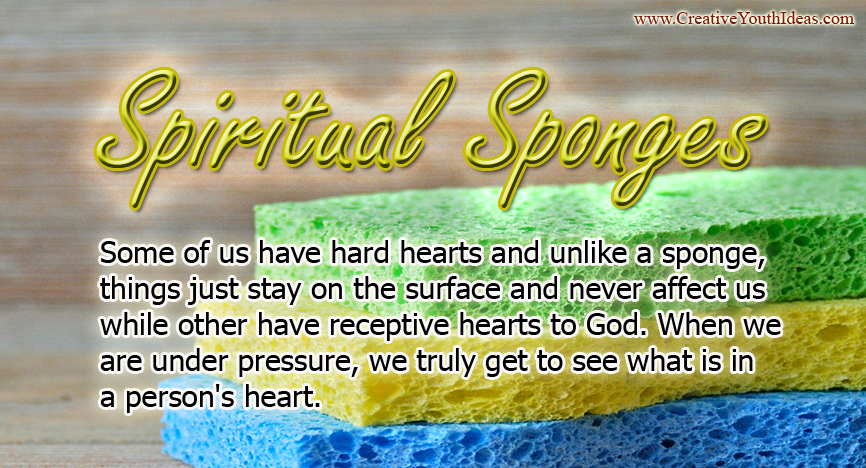
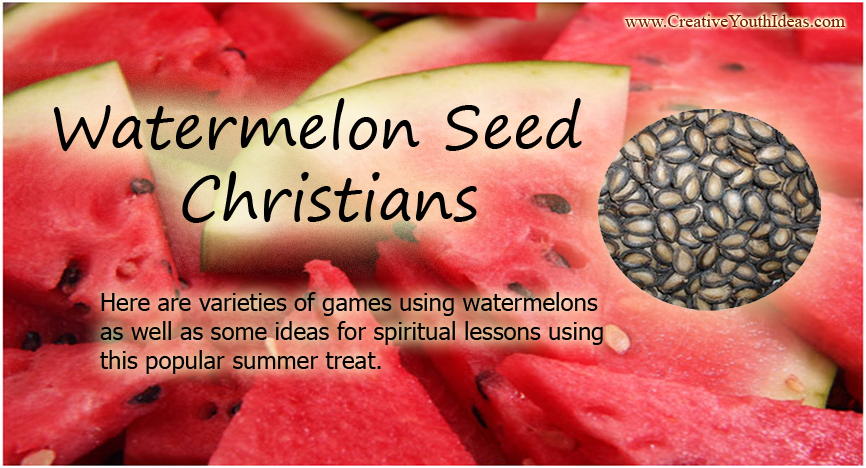
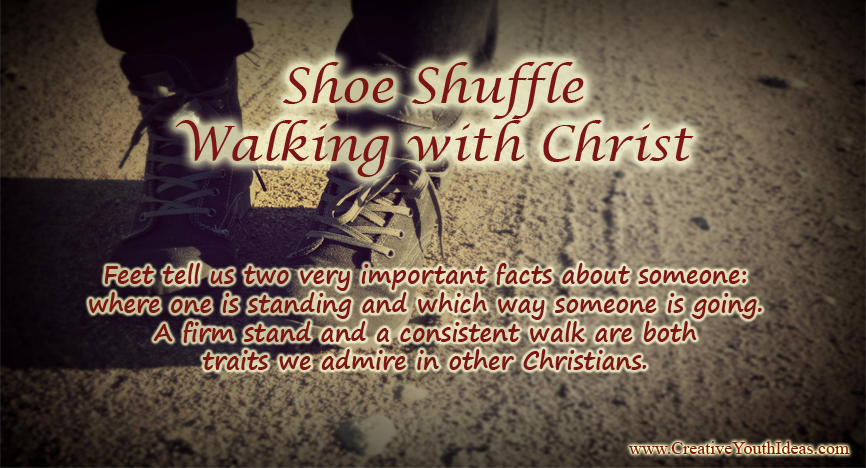
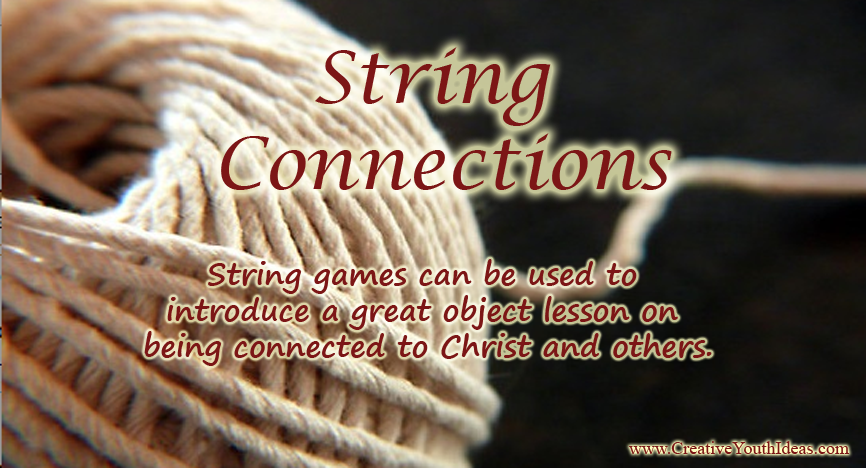
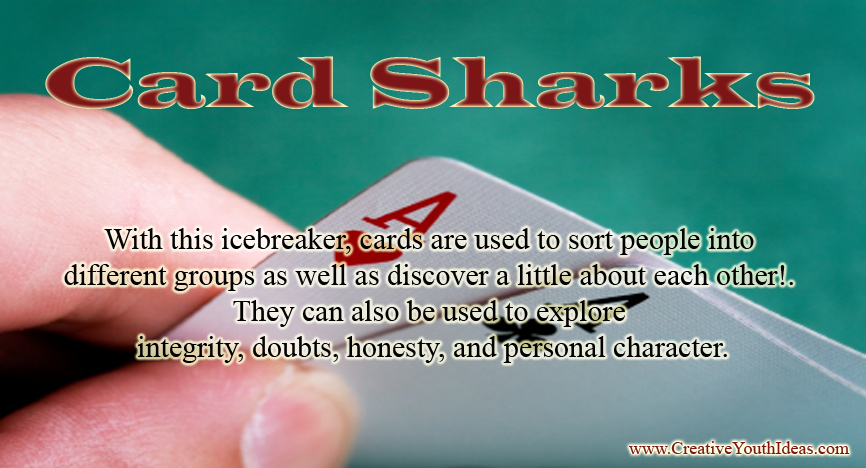
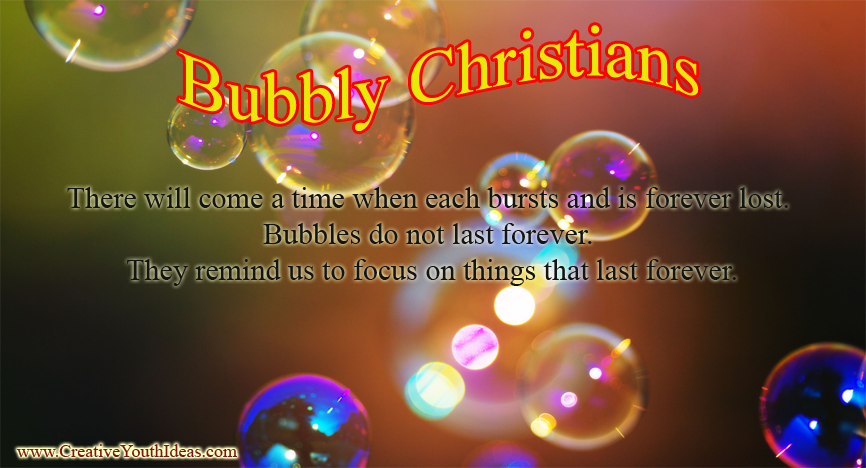
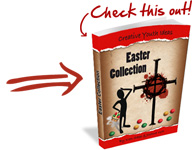

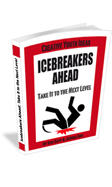
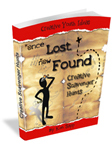
 Finding one’s identity, purpose, and meaning in life are common struggles that every youth faces. They are seeking an answer to the question, “Why am I here?” In their search for purpose, they may try to find fulfillment in a variety of things, some good, some bad. But our purpose cannot be found in things. Our identity is found by filling the emptiness in our lives with Christ. When God’s Hand is at work in our lives, only then will we find true meaning and purpose. Gloves are a great object lesson to remind youth of this spiritual truth and a simplified version of this lesson makes a great Children’s Sermon.
Finding one’s identity, purpose, and meaning in life are common struggles that every youth faces. They are seeking an answer to the question, “Why am I here?” In their search for purpose, they may try to find fulfillment in a variety of things, some good, some bad. But our purpose cannot be found in things. Our identity is found by filling the emptiness in our lives with Christ. When God’s Hand is at work in our lives, only then will we find true meaning and purpose. Gloves are a great object lesson to remind youth of this spiritual truth and a simplified version of this lesson makes a great Children’s Sermon.


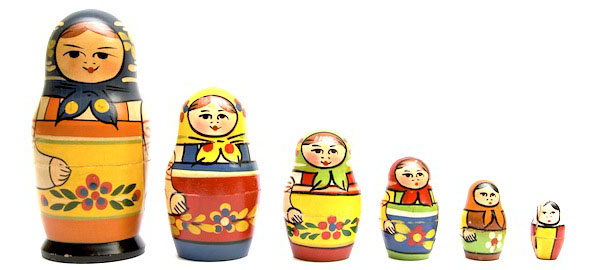
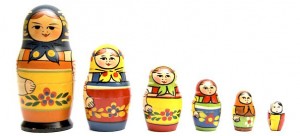 Description
Description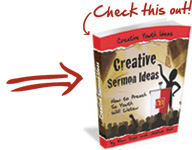

 Description
Description Light is intrinsically linked with Christmas. The coming of the light was foretold in Prophecy and Christ came as the light of the world. The wise men followed the light of a star to Jesus. Jesus came as the light of men.
Light is intrinsically linked with Christmas. The coming of the light was foretold in Prophecy and Christ came as the light of the world. The wise men followed the light of a star to Jesus. Jesus came as the light of men.

 Description
Description Materials
Materials Theme
Theme Create a Halloween lantern with stars for eyes, the Christian fish symbol for a mouth, and a cross for its nose. Then pass out the following poem (source unknown)
Create a Halloween lantern with stars for eyes, the Christian fish symbol for a mouth, and a cross for its nose. Then pass out the following poem (source unknown) Materials
Materials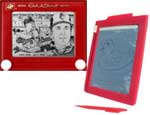 Description
Description